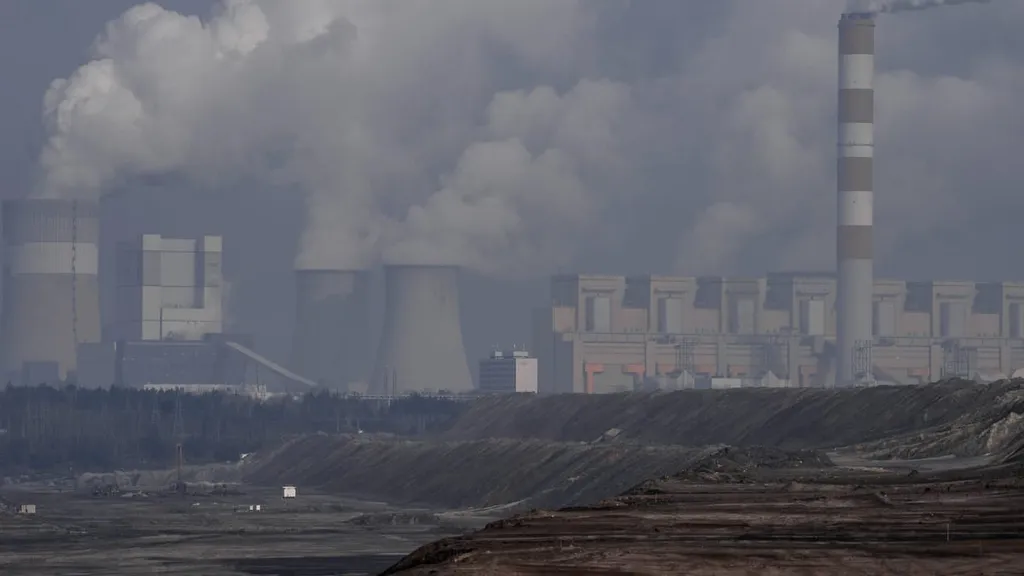In the quest for a low-carbon future, researchers are turning to innovative technologies that can seamlessly integrate renewable energy sources into our buildings and district heating systems. A recent study published in the journal *Energies* (which translates to “Energies” in English) sheds light on two promising technologies: Power-to-Heat (P2H) and Seasonal Thermal Energy Storage (STES). The research, led by Krzysztof Sornek from the Department of Sustainable Energy Development at the AGH University of Krakow in Poland, offers a comprehensive review of recent advancements and their potential to revolutionize the energy sector.
Power-to-Heat systems, which include electric boilers and heat pumps, and various seasonal thermal energy storage configurations, such as Aquifer Thermal Energy Storage and Borehole Thermal Energy Storage, are at the forefront of this energy transition. These technologies are designed to enhance the flexibility of buildings and district energy systems, reducing the curtailment of renewable sources by utilizing surplus electricity from renewable generation, particularly during periods of low demand.
“The integration of renewable energy with Power-to-Heat and seasonal thermal energy storage can significantly lower the environmental impact of buildings and district heating networks,” says Sornek. This is a crucial development for the energy sector, as it addresses the intermittency of renewable energy sources and provides a sustainable solution for heating needs.
The study highlights several key findings. Firstly, the coupling of renewable energy with P2H and STES can enhance the flexibility of buildings and district systems. This means that excess electricity generated from renewable sources, such as photovoltaic and wind energy, can be stored and used later, reducing the need for fossil fuel-based heating systems.
Secondly, the research underscores the importance of nearly zero-energy buildings and districts. These buildings are designed to consume very little energy, and the integration of P2H and STES technologies can further reduce their carbon footprint. “This is a game-changer for the energy sector,” says Sornek. “It allows us to utilize renewable energy more efficiently and effectively, paving the way for a low-carbon future.”
The commercial implications of this research are substantial. As the world shifts towards renewable energy, the demand for technologies that can store and utilize this energy efficiently will grow. Companies that invest in P2H and STES technologies will be well-positioned to meet this demand and contribute to a more sustainable future.
Moreover, the research provides a roadmap for future developments in the field. It highlights the need for further research and development in P2H and STES technologies, as well as the importance of policy support and incentives to promote their adoption.
In conclusion, the study by Sornek and his team offers a compelling vision of a low-carbon future powered by renewable energy. By integrating P2H and STES technologies into our buildings and district heating systems, we can reduce our reliance on fossil fuels, lower our carbon emissions, and create a more sustainable future for all. As the energy sector continues to evolve, this research will undoubtedly shape the direction of future developments and investments.

